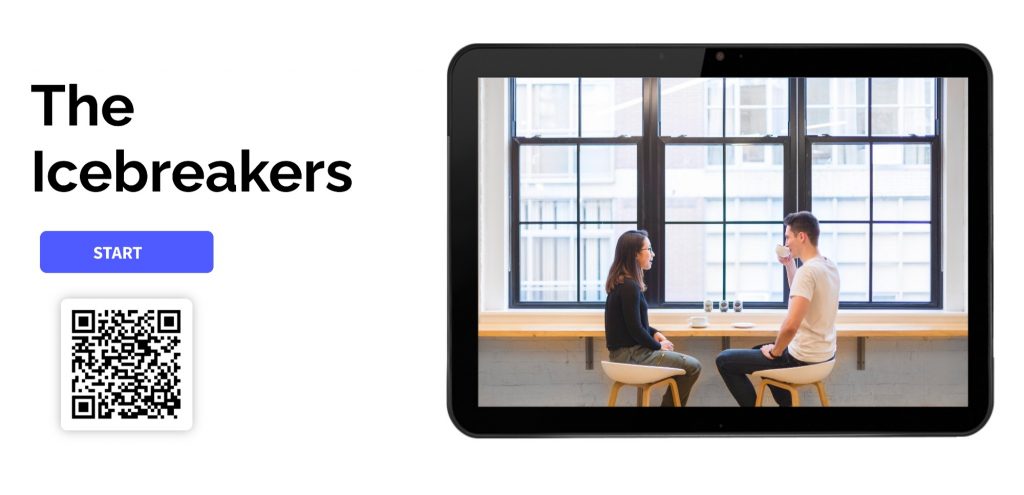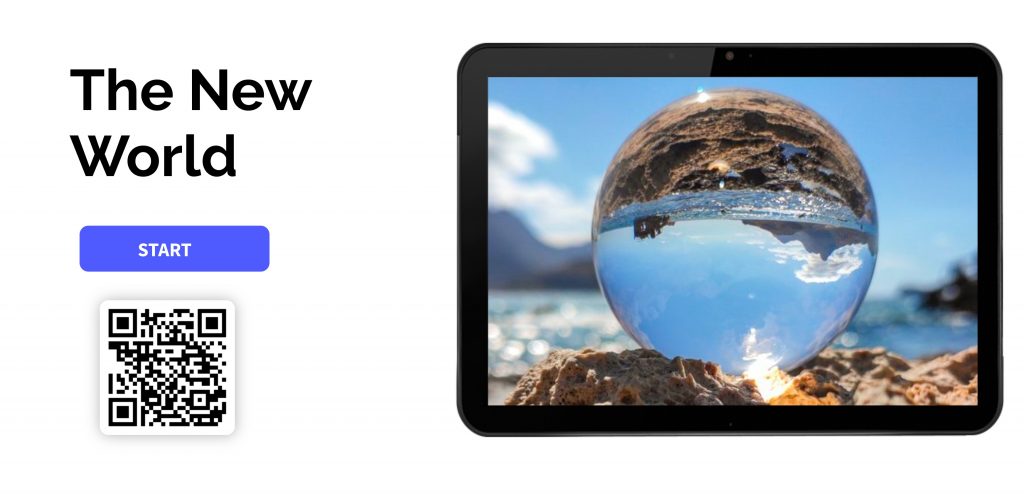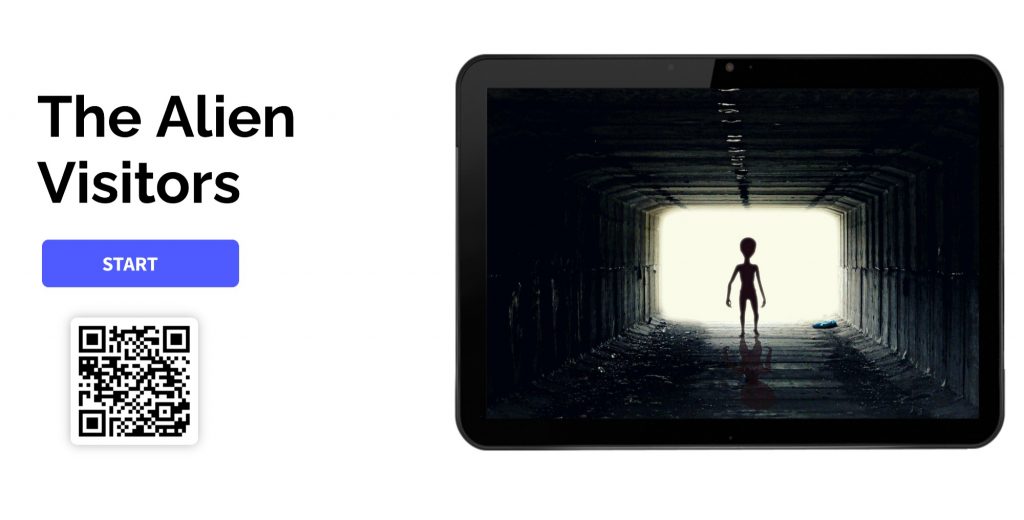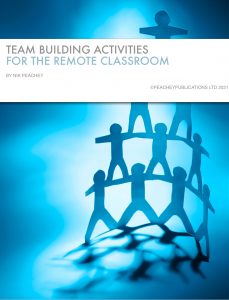Socialisation is an important part of any learning experience. Many students enjoy coming to class to meet and make friends and find out about and share experiences with each other. This aspect of socialisation is often neglected in the remote classroom where students aren’t having the kinds of shared physical experiences they have when they come to a school. They don’t get to chat or share a joke with their peers before or after class or during break times as they would in a more traditional setting. Interaction between students is often very teacher controlled and focused on specific pedagogical goals during the lesson, and it’s easy for socialisation to be neglected.
The absence of socialisation can impact on students’ motivation as students learning remotely often feel more isolated and don’t feel the encouragement of their peer group to help them along when they are struggling. Neither do they have the shared sense of achievement, admiration or group status when they are doing well.
Absence of socialisation can also impact on classroom dynamics. Students who are strangers to each other tend not to respond so well when they are put into breakout rooms together to complete tasks. They are more likely to feel inhibited and uncomfortable when asked to do tasks with people they don’t know which can result in students only offering a minimal contribution to the activity.
Learning a language deeply and effectively requires a degree of psychological risk and exposure from our students. They need to be willing to risk making mistakes and to share sometimes personal details about themselves in order to use the language to express themselves and share their opinions. So, when starting new courses it’s important to invest time into helping students get to know each other better. Building your students into a team who will be willing to work together, collaborate and support each other both pedagogically and emotionally will have huge benefits both to their motivation and their ability to progress.
So, clearly, it’s important to make sure that you invest time into encouraging students to get to know each other better and that you make some time within your lesson for structured and unstructured socialisation, even if the students use their first language for this.
How to build positive dynamics and socialisation
This is quite simple to do if you are able to make the time.
- You can either open class early and encourage students to come along and chat with each other. Try not to monitor this and reduce your presence if you can by turning off your camera.
- You can also put students into breakout rooms for the first few minutes at the beginning or end of a class or during ‘breaks’ and again, make sure you aren’t monitoring these rooms so that students are free to chat about the lesson (if it’s the end of the class) or what they have been doing since the last class (if it’s at the beginning).
- You can have short ‘speed dating’ sessions where you pair students randomly for 3 – 4 minutes to discuss a very simple topic, such as what they had for breakfast of the last film they saw or book they read.
- Getting students into pairs or groups in breakout rooms with a task can be more complex than in a physical classroom as most remote teaching platforms create new rooms for these and any materials you may be screen sharing are no longer visible.
Here are three activities I’ve designed to overcome this problem. I’ve used a combination of QR codes and HTML5 technologies so that students can scan the activities onto their phones or use links to the materials and interact with them in the breakout room. I hope you try these activities and they help your students get to know each other a little better.
1. The Icebreakers
This is a simple pair work activity to help students find out more about each other.
There is a series of question that are randomly selected and students use these to interview each other. Each question also has a follow-up question that students can use to dig a little deeper. Try it here >>

2. The New World
This activity works best with small groups. It’s based around a scenario of a new world being created. In this new world that the students create they must choose things from our existing world to take into the new world, but in order to choose one thing they have to decide to leave something else behind, so for example if they want coffee in their new world they can never have tea. The groups of students have to work together to discuss and decide which things of the past they will take and which they will sacrifice forever. Try it here >>

3. The Alien Visitors
This is a group activity that requires students to think quite deeply and discuss their personal values. It’s based around the scenario of a group of aliens from another planet that have come to visit our planet Earth. The aliens don’t understand any form of human language, so the students need to work together in groups to select five images that convey what is best about the human race and our culture. They have links to image sites, and they can suggest, discuss and share images until they decide on the most appropriate ones. They can then present these images to the class, and you can get the whole class to choose the most appropriate five images. Try it here >>

I hope you try these activities with your students, and they help to build a more positive, open and social atmosphere in your classroom.
The activities in this post are from a book that I recently completed called Team Building Activities for the Remote Classroom. The book contains more suggestions and 20 digital activities.


